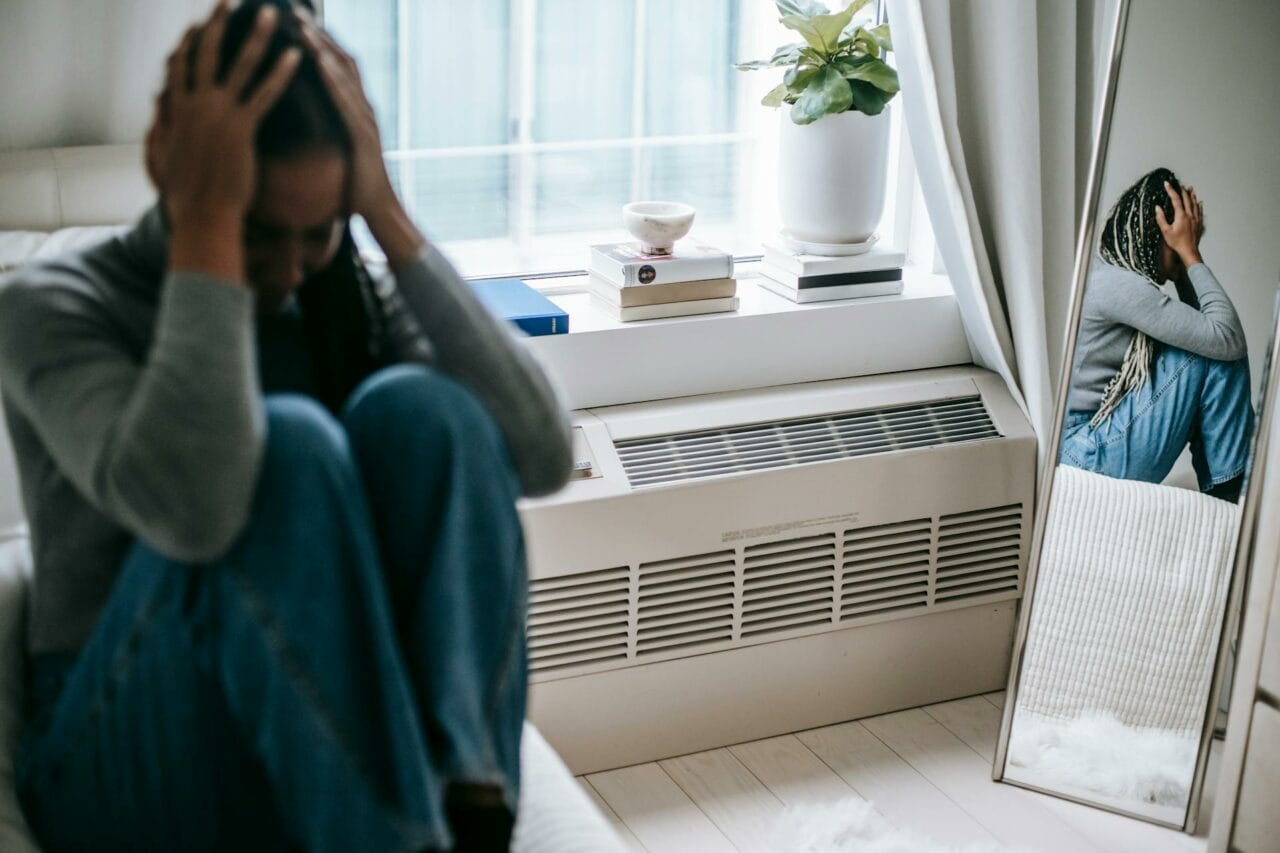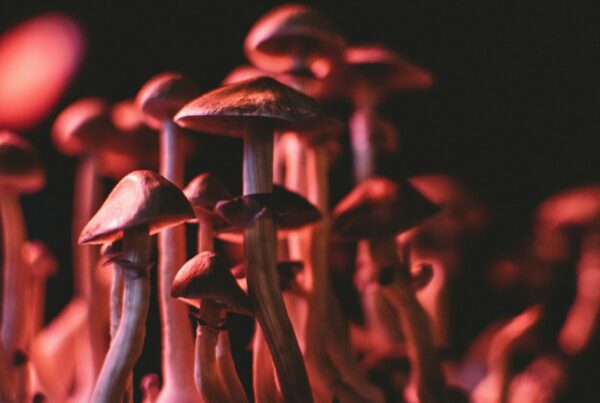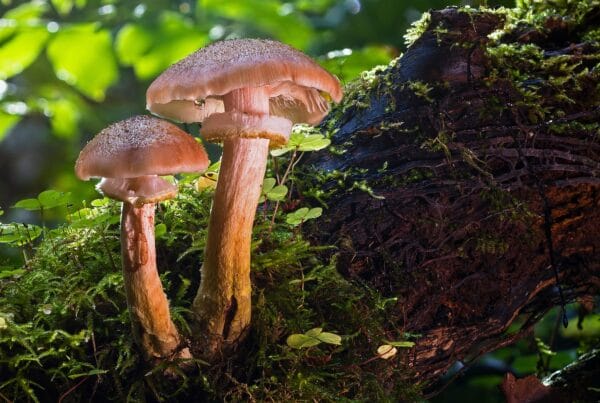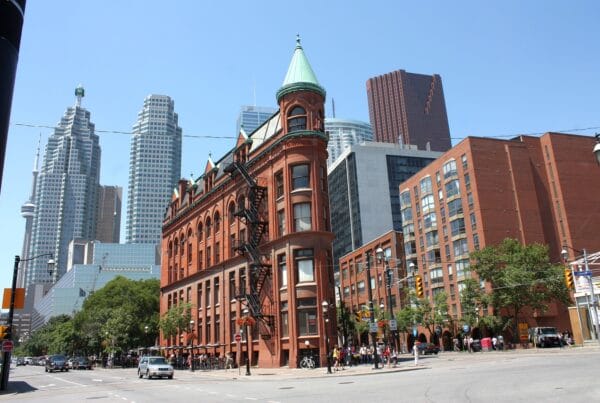Conventional anxiety interventions typically include medication and therapy, but they may not be effective for everyone due to potential side effects. This has sparked a growing interest in alternative solutions, such as psychedelic therapy, which employs substances like “magic mushrooms Montreal” among others.
Discover your prime destination to buy psychedelics online in Canada. We provide quick, secure, and confidential services.
[toc]Key Takeaways:
- Psychedelic therapy merges the healing impacts of psychedelic substances with traditional talk therapy to boost the recovery process.
- Psychedelic therapy can improve emotional wellbeing and overall life satisfaction through spiritual journeys.
- The integration process is an essential method in psychedelic therapy aimed at ensuring the enduring effectiveness of the therapy session.
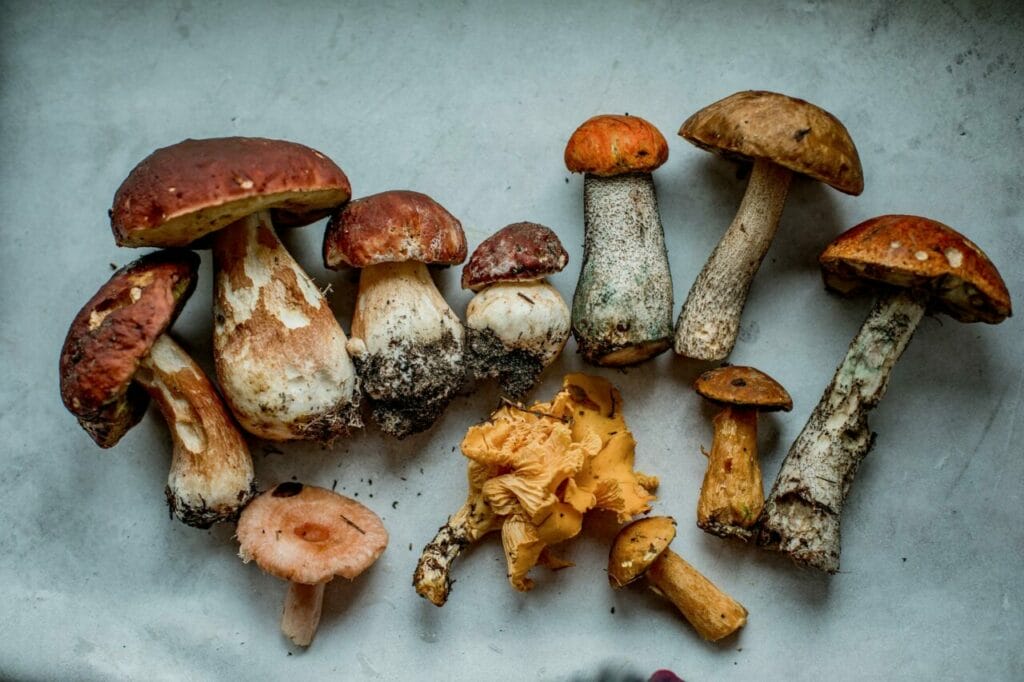
Anxiety Disorder Trends in Canada
According to the 2022 Mental Health and Access to Care Survey, there is a concerning increase in the prevalence of anxiety disorders in Canada. The proportion of Canadians aged 15 and above diagnosed with generalized anxiety disorder in the 12 months leading up to the survey has risen from 2.6% in 2012 to 5.2% in 2022.
Contrasting Traditional Treatments and Psychedelic Therapy
Standard treatments for anxiety disorders usually consist of a mix of psychotherapy and medication. Psychotherapy, also referred to as psychological counselling, is a collaborative process between a therapist and the patient to alleviate anxiety symptoms.
On the other hand, anxiety medications mitigate symptoms by tailoring treatment to the specific type of anxiety disorder, and considering any concurrent mental or physical health issues. Although treatment may differ based on individual circumstances, psychotherapy and medication are the core strategies.
In psychedelic therapy, sessions are unique as they integrate one or two doses of a psychedelic substance, in addition to other therapeutic techniques:
Exploring Psychedelic Therapy
Psychedelic therapy is a therapeutic approach that harnesses the beneficial effects of psychedelic substances to bolster the healing process. Known for their hallucinogenic properties, these substances have been integral to holistic medicine and spiritual rituals across multiple cultures for millennia.
The two most frequently used substances in this therapeutic environment are Lysergic acid diethylamide (LSD) and psilocybin. LSD induces changes in mood, perception, and consciousness. As mentioned on the Health Canada website, psilocybin is the active compound present in magic mushrooms. Consuming these mushrooms can provoke sensory experiences, such as visual, auditory, or tactile hallucinations.
Dosage Guidelines for Three Sessions
During psychedelic therapy, specialists assess patients to determine the appropriate psilocybin dosage for their sessions. The dosage can vary, with some patients initiating therapy with moderate levels, while others can handle larger amounts of the substance. The treatment regimen typically entails one to three medication sessions, each lasting six to eight hours and spaced several weeks apart. This method differs from traditional medications that require daily intake until a healthcare professional advises otherwise.
Spiritual and Life-Changing Experience
Anxiety medications are designed to manage symptoms, not to induce transformative visions or feelings of divine connection. In contrast, therapy aims to address the root causes of the condition. Psychedelic therapy can have a significant impact on emotional health and quality of life.
The immersive experiences can stimulate deep insights, heightened self-awareness, and improved emotional processing. These effects can foster personal growth, inspire positive behavioural changes, and enhance overall mental health.
Impact
| Expanded Consciousness | Altered states of consciousness provide a renewed outlook on the world. | Such heightened awareness typically results in the following: Deep insightsEpiphaniesEnhanced comprehension of oneself and the surrounding environment |
| Emotional Healing | Enables emotional healing by offering the chance to face and process unresolved trauma, grief, or emotional distress. | This process assists in:Accessing deeply buried emotionsReleasing emotional blockagesPromoting emotional well-being |
| Increased Self-Awareness | Enhances connectivity among sensory brain areas while reducing connectivity within the default mode network. This network integrates brain regions that are interconnected, handling self-focused cognition and the subjective understanding of oneself.” | These regions aim to: Modify negative thought cycles, beliefs, and habitual behaviours. Empower users to gain profound insights into their authentic selves, motivational factors, and interpersonal dynamics. |
Somatic Therapy
Somatic therapy, although not commonly linked with psychedelic therapy, is attracting attention due to its potential benefits. This body-centric approach explores the connection between the mind and body. It’s based on the belief that past traumas can cause sensations to become lodged in the body. Somatic therapists help individuals recognize these physical sensations and use therapeutic techniques to alleviate this tension.
Integration
This offers a platform for clients to attain clarity, acquire perspective, and cultivate wisdom from their psychedelic experiences. The transformative journey occurs during integration sessions between the therapist and the client, and through the client’s proactive measures outside of psychedelic explorations. Integration enhances the transformative impacts of psychedelics by actively engaging with surfaced insights and emotional revelations.
Types of Integration
- Journaling. By documenting experiences, individuals can solidify memories for easier recall in the future. It also allows clients to examine their experiences from various perspectives to reveal different interpretations, meanings, and connections.
- Art. This provides a potent means to encapsulate the complex emotions and feelings from a psychedelic journey in a creative and visually expressive medium.
- Adopting Nature-based Practices. These can be as simple as undertaking mindful walks in the woods or seeking tranquility beside a calm body of water. Therapists can assist clients in identifying the intricate patterns within nature or suggest utilizing natural elements like plants, stones, water, and candles as grounding tools.
- Participation in Integration Groups. Group sessions with individuals who have had similar experiences present a significant opportunity for reflection, support, and bonding. The ability of psychedelic therapy to foster a sense of interconnectedness and mutual understanding beyond personal boundaries is central to its approach.
The Significance of These Techniques in Anxiety Treatment
The core pharmacological theory behind all psychedelics is their ability to act as agonists, or activators, of serotonin (5-HT) 2A
The primary focus of psychedelic research is examining its effects on the brain’s default mode network. This network is significantly related to repetitive thoughts and is associated with conditions such as depression and anxiety disorders. Treatment can significantly reduce anxiety levels, with the effects lasting up to 12 months after treatment.
After a psilocybin session, which typically involves intense spiritual experiences, the patient engages in conversation with their therapist. In these talk-therapy sessions, trained healthcare professionals strive to attentively listen to the patient and apply specific practices and techniques to enhance the positive effects of the treatment.
All these techniques work together to help individuals with anxiety achieve lasting relief in fewer sessions compared to traditional treatments.
Transform Your World, One Session at a Time
Many people rely on traditional treatments for anxiety, but not everyone finds them effective or satisfying. Psychedelic therapy offers an alternative, using unique methods that can trigger transformative experiences. These techniques work together to generate deep, lasting results—sometimes for up to a year after only one to three sessions.
Besides improving mental health, this therapy could also offer significant cost savings for patients. Ready to explore a new path to wellness? Discover the potential of psychedelic therapy with Magic Mushrooms Quebec Canada.
Frequently Asked Questions
Is there a specific type of magic mushroom used for psychedelic therapy?
In psychedelic-assisted therapy studies, it is commonly overlooked to mention the specific type of mushroom used. Generally, Psilocybe cubensis is the preferred choice.
Online magic mushroom dispensaries offer a variety of strains to cater to different preferences. You have the freedom to choose any strain to experience the therapeutic effects of psychedelics. However, ensure to choose a reputable vendor to avoid purchasing unsafe magic mushrooms from untrustworthy sources.
How long does psychedelic therapy last?
The duration of psychedelic therapy can vary, as it includes several stages. A single session where the psychedelic is consumed lasts between 4 to 8 hours. The entire therapy process, which includes preparation, the session itself, and follow-up discussions, can span from a few weeks to several months.
In terms of long-lasting effects, individuals often report improvements in their mental health for several months or even up to a year after the therapy.
The benefits often become visible after a single session or a few more.Multiple sessions are usually incorporated.
Does the therapist guide the patient on their spiritual journey?
During this stage, experts such as therapists or other staff may accompany the patient. Studies suggest that Spiritual Health Practitioners (SHPs) offer distinctive and exceptional contributions to improving participants’ wellbeing and supporting their progression on their spiritual path. Some may seek the guidance of an SHP, while others rely on the therapist or specialist available.
Is the concept of “set and setting” integral to the psychedelic therapy process?
Yes, both the person’s mindset (set) and the environmental surroundings (setting) are vital in safely guiding spiritual experiences during a psychedelic therapy session. The individual’s mental state moulds their spiritual journey, affecting the experience both before and throughout the psychedelic session. Factors like beliefs, expectations, emotional states, and intentions determine the direction and depth of the experience.
Primary Source: Psychedelics as Emerging Treatments for Anxiety Disorders: Opportunities and Challenges in a Budding Field – PMC (nih.gov)
About the Authors:
Franklin King, IV, MD. and Rebecca Hammond, M.D.
Related Articles:

